| Sorted by date | |||
page004from Building Ideaswriting this book – is a belief in the significance of architecture as a means of communication, in addition to its ostensible function as a provider of useful space. This distinction sets up the demand for a “hermeneutics” of architecture which would outline the various strategies that might be employed in its interpretation. As should become clear from the opposition se out in the Part 1 of this book, even this notion has been the subject of much argument in recent years.
The overall structure of this book reflects the characteristics of our times, in which a plurality of “world views” has come to replace a single outlook. In another age (that perhaps never actually existed), critical strategies might have been ordered according to a dominant “master narrative”. Whether theologic... more ...
|
|||
|
|||
|
|
|||
page003from Building Ideasrecent years, in journals such as Architectural Design as well as the many school-based periodicals. Peter Eisenman and Jacques Derrida’s collaboration entitled Chora L Works, and Libeskind’s facsimile set of working documents from the V & A project, show how these presentations have added to an earlier “currency”, in which new ideas have circulated in the form of “manifestoes” and theoretical statements. The recent appearance of a whole series of anthologies containing reprints of theoretical writings has also served to increase awareness of the wider influences affecting architecture. The crossover between debates going on in other areas of cultural inquiry has begun to shift architectural thinking towards the field of “cultural theory”. The persistent presence of architectural issues in... more ...
|
|||
|
|||
|
|
|||
page002from Building Ideasyear along with the other temporary structures. From a set of black and white photographs – some carefully retouched for effect – the building became know across the world through publications on modern architecture. Nearly all subsequent commentary on this “touchstone” of modernity was made by those who had never seen the building, except in these much reproduced photographs.
A similar process has taken place in the spread of foreign influences in America, such as Frank Lloyd Wright’s famous inspiration by the architecture of Japan, after seeing the Ho-O-Den pavilion in Chicago at the 1893 World’s Fair. From the 1932 MOMA show called “the International Style” to the same museum’s 1988 exhibition on “Deconstructivist Architecture” – both of which have had a huge impact on the produ... more ...
|
|||
|
|
|||
Page001from Building IdeasIntroduction
Theoretical Practices
In a chapter called “Demonstrations” in his book Monsters of Architecture, the architectural theorist Marco Frascari describes the relation of drawing to building as following:
The traditional interpretation of this translation is that an architectural drawing is a graphic representation of an existing, or future building. The present modern and post-modern condition of understanding … these translations is that buildings are representations of the drawings that preceded them.1
A glance at the recent history of significant events in architecture would confirm the importance of “things-other-than-buildings” in the dissemination of architectural ideas. The Victorian rediscovery of Greek polychrome decora... more ...
|
|||
|
|
|||
Note on the Bibliographyfrom Building IdeasTo assist in the use of this book as a set text for architectural theory courses, a list of suggestions for further reading has been provided relevant to themes covered in each chapter. The first two sections in each list – described as “background” and “foreground” – relate to the approximate division within each chapter between the philosophical and the architectural material. Both sections typically refer to readily accessible sources, either for reference or further reading on a topic of particular interest. The third section includes suggestions for possible seminar readings, which have been chosen to highlight key issues in the debates surrounding each topic. These are also selected from readily available sources, usually from anthologies of architectural theory or commonly accessibl... more ...
|
|||
|
|
|||
|
|
 ... ...
... ... ... ...
... ... ... ...
... ... ... ...
... ...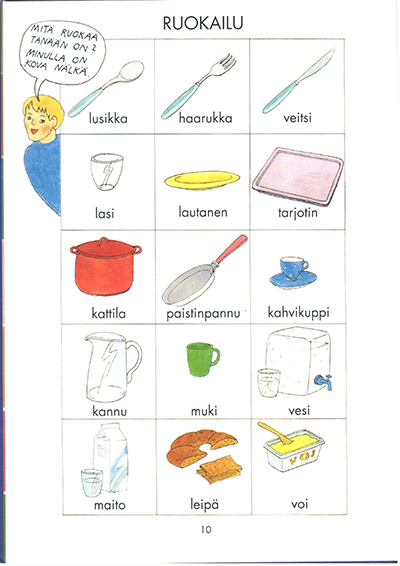 ... ...
... ... ... ...
... ... ... ...
... ... ... ...
... ... ... ...
... ...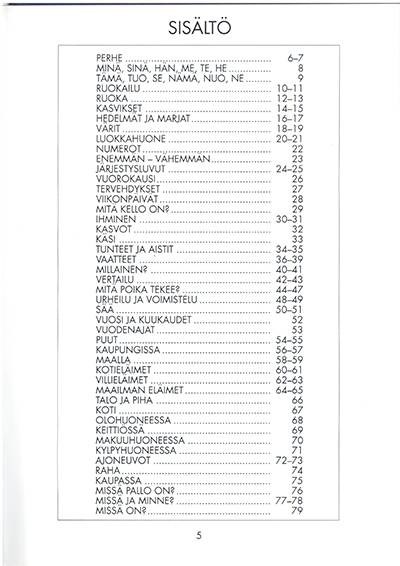 ... ...
... ... ... ...
... ... ... ...
... ...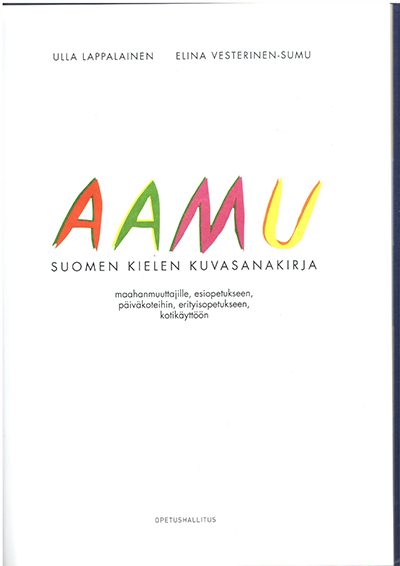 ... ...
... ...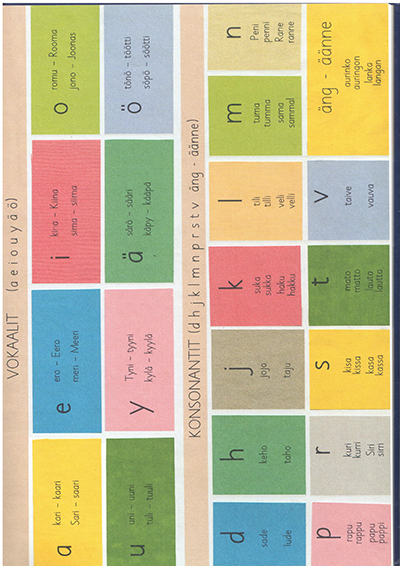 ... ...
... ...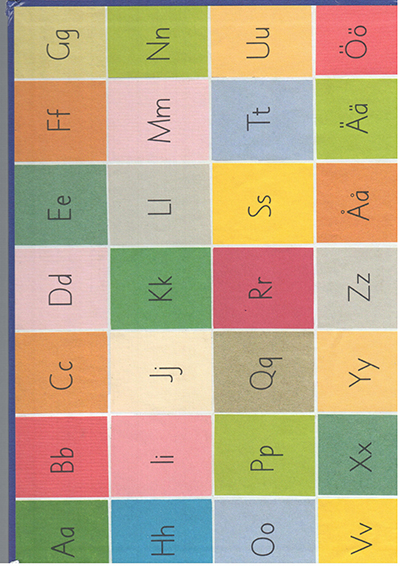 ... ...
... ...